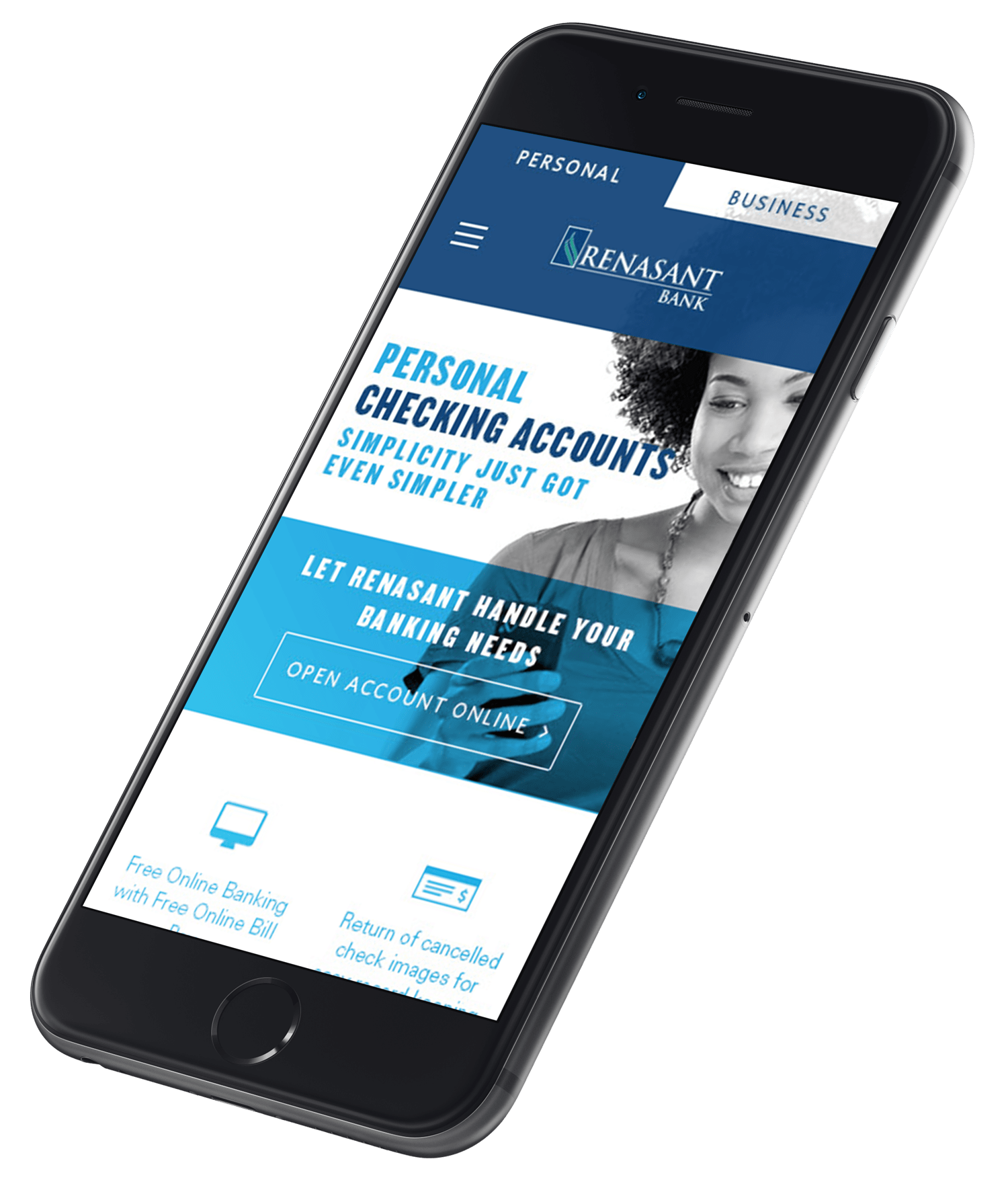It’s dinnertime, and you’re starving after a long day at the office. You walk out the front door of your downtown office and see two of the town’s best burger joints. They both buy ingredients from the same vendors:
Same beef.
Same bun.
Same dressings.
Lou’s Place not only looks like a diner out of the ‘50s, it is a diner out of the ‘50s, with the peeling paint and rusty fixtures to prove it. Across the street is Dave’s, a local restaurant with as much history but a little more paint.
When you walk into Lou’s, your shoes slipping a little on the greasy linoleum floor, you order at a counter under buzzing fluorescent lights. Sometimes you can see Lou himself working the grill. Perhaps you remember when he used to have a cigarette hanging from the corner of his mouth (and his hair was a bit thicker).
Your burger comes out wrapped in waxed paper inside a brown paper bag. The burgers look amazing, but the bag, which has already turned translucent from the grease, is a little messy to navigate.
Visiting Dave’s is a bit different. The first thing you see as you enter a warmly lit vestibule is a hostess counter made from wrought iron and reclaimed barn wood. You are greeted and promptly shown to your table. There’s a dull murmur in the room and the light clinking of dinnerware, but it’s totally lost when you sit in the pool of light cast by the candle on the table. When the waitress visits, the obvious choice from the menu is the burger. While waiting for the food, you try to remember if you’ve ever met Dave. “Never met him,” you reply to yourself. Your burger comes on a simple but sturdy porcelain plate. The burger is plump and juicy and incredibly appetizing.
You take a bite, close your eyes and chew.
The ingredients are virtually identical. The preparation is incredibly similar. But which burger costs more?
Obviously, Dave’s.
Why?
Perhaps I did a great job of setting the stage or maybe these tropes are as old as the hamburger itself, but you can see both places in your mind. You likely could name your versions of Lou’s and Dave’s.
Both communicate something, and the essence of that “something” is summed up in two words: tone and personality.
You don’t have to ever see the burger itself to determine which you want.
Perhaps you need a place for a business meeting.
Or maybe you just have to have a greasy gut-bomb.
Remember, though, these are the same burgers. The only thing that’s different is your perception — informed by what you can see of each business. And while I don’t believe perception is reality, it is a strong motivator.
We’ve talked about being better by being different, and we’ve talked about setting your company apart by saying something different than the competition about yourself. Today we’re going to talk about being different and better by providing value in your product and the way it’s delivered.
Before you go there: I know you’re going to challenge the notion on the basis that Dave’s overhead is significantly higher than Lou’s. The payroll for the hostess, the laundry service for the napkins and the maintenance on the building. Perhaps, but as you continue to read, ask yourself if you want to be Dave or Lou.
After all, not all separation costs.
The moment Dave’s kitchen staff pats the grease off the hamburger patty; the burger (which is just as juicy on the inside as Lou’s) gains $2 in value.
It might be a recurring cost, but by having someone mop the floor daily Dave’s bought itself the opportunity to sell a $7 burger for $12.
Of all the people choosing between Dave and Lou, price will rarely be considered even though they’re selling the same product at different price points.
You don’t compare the two based on price, necessarily, and it likely never crosses your mind that they serve the exact product. The environment itself is the biggest differentiator, and obscures the other comparisons.
A nice seating area and a TV showing the ballgame give Dave the ability to sell a $5 beer (in addition to the $12 burger), while Lou is selling $1 fountain drinks in to-go cups. Dave has customers settling in for the evening and spending more money every 30 minutes, whereas Lou’s customers are coming and going. Sure, Lou can turn over his lunch-counter of a dining room 20 times a night, but how many of his customers are making an investment?
These relatively small fixed costs permanently raise the value of an item.
Too often we try to position ourselves as the cheapest option in town. Why not be the most valuable?
Being different from the competition means you have the opportunity to be more valuable than the competition.
The same goes for your marketing campaign.
The way we visually position our businesses in the public space says as much about us as cloth napkins or greasy floors.
Cheap television ads evoke an assumption of poor service.
Cheap circulars and coupons send the message that your products are not worth full price.
A customer who knows you as the “buy one get one” company may think they are getting a decent value, but they probably don’t perceive your products as valuable since they’ve never paid full price.
You’re selling yourself short if you’re selling yourself for less than your customer is willing to pay.
Be better by being different. Be different by adding value.




